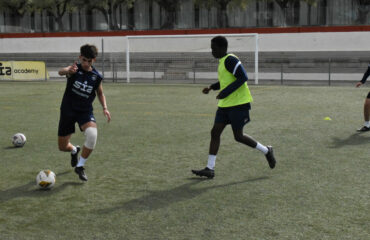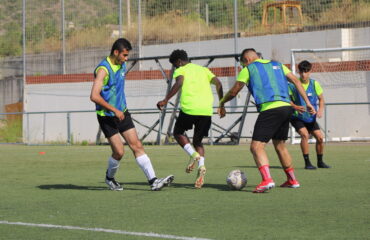Who invented football in which year and in which country?
The photo of the pub that heads this article will not be familiar to the vast majority of readers, and yet what happened in that place at the end of the 19th century affects us all in a special way.
The Freemasons Arms could be a pub like any other in London, except for one very particular detail. It was there, on 26 October 1863, that the 11 most elite clubs and schools in the city met, and where the English Football Association was formed.
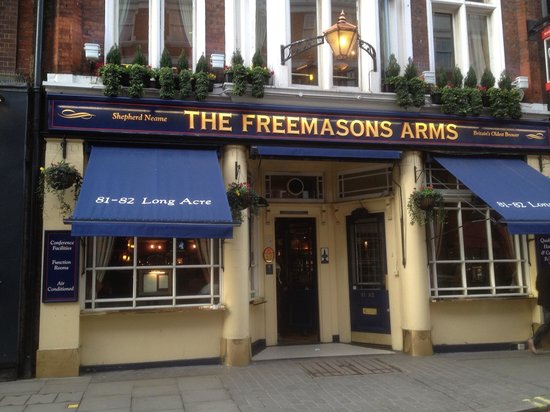
Much has been discussed about the origin of football, some historians place it in China BC and others in the pre-Columbian peoples of South America, but there is no doubt that the origin of modern football can be traced back to that meeting.
It was a time in 19th century England when the most popular sport was “medieval English football”, an activity that was a cross between rugby and football.
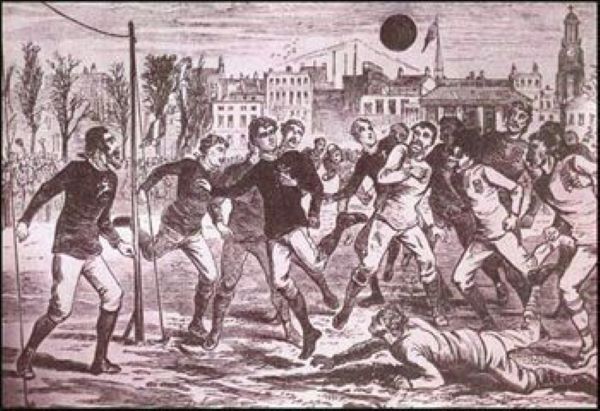
The aim of the meeting in the London pub was to set a code of rules to institutionalise the game, however representatives of some of the schools present refused to introduce two rules that we now see as the basis of football and they were:
- The ball would be played exclusively with the foot
- The prohibition of grabbing, tripping or charging the ball holder.
There was no agreement between the two tendencies, and the meeting definitively confirmed the split between the two tendencies. The supporters of playing exclusively with the feet agreed to call the new sport football, and to create the English Football Association.
The schools in favour of allowing the use of the hands, led by the Rugby Town School, withdrew from the meeting and laid the foundations of the sport they would call “Rugby”. In 1871 they founded the Football Rugby Union, the first organisation for the sport.
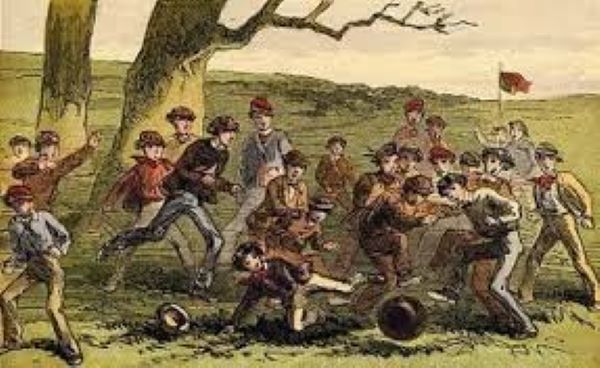
Football has evolved, it has adapted to new times and has introduced new rules that have made it a more complete sport. Among the new rules, we can highlight essential figures nowadays such as the goalkeeper (which appeared 8 years later), the referee (1 year after the goalkeeper), the corner kick (in 1873), substitutions (before, only eleven players played the whole match), the prohibition of the goalkeeper catching the ball with his hands after a pass from a team-mate, etc.
Even so, more than 150 years after the original rules, some of them have remained unchanged, such as the offside rule, the kick in the middle after conceding a goal or the change of goal after half-time.
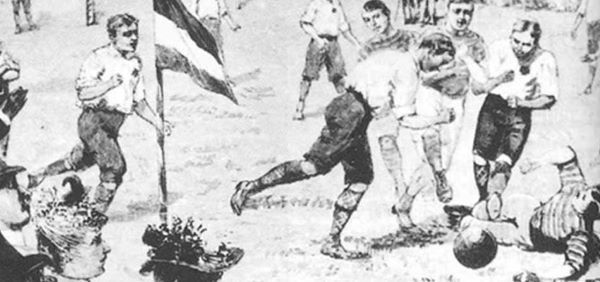
The writer of these lines is sure that the aim of those schools that took part in the meeting at the Freemasons Arms was not to create a sport to make money or to export it beyond their borders, but to create rules to help the training and education of their students in their respective schools.
It is not unreasonable to think that grassroots football is closer to the essence of football than professional football.
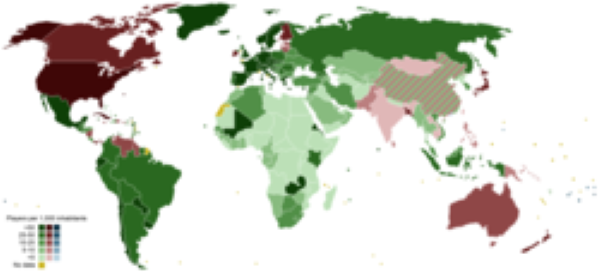
In a globalised football where glamour, fame of the players or the pressure to win is visible nowadays, perhaps we have to look back to the beginnings or the origin of football to realise the meaning of this sport, its purely educational roots and its basis above all in the training of the youngest.
If you want to know what football is like in Mexico If you want to know what football is like in Chile
If you want to know what football is like in Korea If you want to know what football is like in Japan
If you want to know what football is like in Brazil If you want to know what football is like in the USA.
If you want to know what football is like in Spain If you want to know what football is like in Australia
If you want to know what football in Gabon is like If you want to know what football is like in Australia
If you want to know what football is like in Singapore If you want to know what football is like in …….




